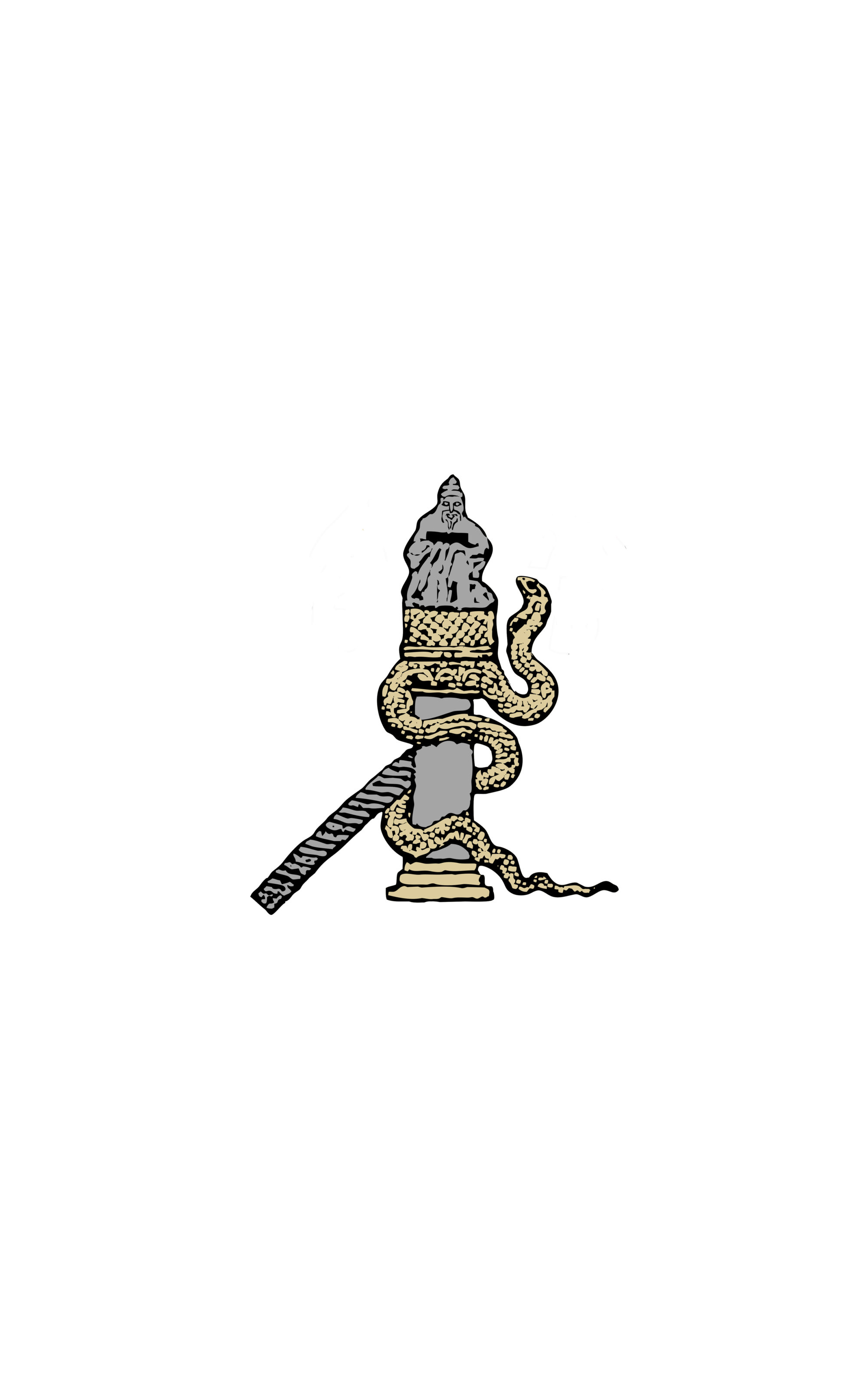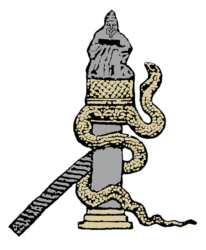L’iconographie de l’Hippodrome byzantin à Sainte-Sophie de Kiev et sa fonction dans les cérémonies de cour.
Alexandra Vukovich (Université de Cambridge)
Le règne de Prince Jaroslav de Kiev voit une période de croissance inaugurée par une politique de construction des églises, monastères et de la ville de Kiev, siège du prince. Dans son ‘Encomium à Volodimir’, le métropolite Ilarion de Kiev, après avoir décrit les règnes de la princesse Olga et celui du prince Volodimir, avait évoqué l’entrée des Russes dans l’histoire chrétienne et il avait insisté sur le rôle de Jaroslav Volodimirovich dans l’expansion de la religion chrétienne partout dans son royaume. Cette politique d’expansion urbaine a constitué l’étape clé dans la consolidation de son pouvoir et de son autorité en tant que Prince de Kiev. Entre 1036 et 1054, après une longue période de conflit et de reconstruction dynastique et territoriale, le prince Jaroslav a pu établir son autorité dans les sphères militiare, économique et sociale. Le ‘Povest Vremmenykh Let’ (Le récit des temps passés) décrit la mort du prince Mstislav et l’intégration des principautés de Chernigov et Tmutorokan sous la suzerainté du prince Jaroslav de Kiev. Les sources en tant que le ‘Slovo o Zakone i Blagodati’ (Le dit à propos de la loi et dede la grâce) et le ‘Skazanie Borisa i Gleba’ (La vie de Boris et Gleb), écrites pendant ou peu après le règne du prince Jaroslav, avaient servi à intégré l’idée de la légitimité dynastique et de la succession organisée au sein d’une famille dans l’idéologie politique de Rus’ au XIe siècle. L’église de Sainte-Sophie à Kiev (v. 1037) est le meilleur exemple de la politique de l’expasion urbaine et le mécénat culturel du prince Jaroslav. L’église de Sainte-Sophie élucide le rôle a la topographie sacrée et de l’harmonie symbolique entre les royaumes terrestre et divin représentés par l’iconographie de l’église dédiée à la Sainte-Sophie. Le frieze iconographique du Hippodrome byzantin, situé à l’entrée de la béma princier est un élément de l’idéologie dynastique et du rôle de l’histoire sacrée du Rus’ non seulement en tant qu’extension de Byzance mais aussi en tant qu’état indépendant. Cet exposé aura comme objectif de décrire le rôle politico-culturel de cette iconographie en tant que représentation de la culture de cour et de la pratique religieuse byzantine basée sur un besoin politique spécifique: l’établissement de l’idéologie dynastique à Rus’.

